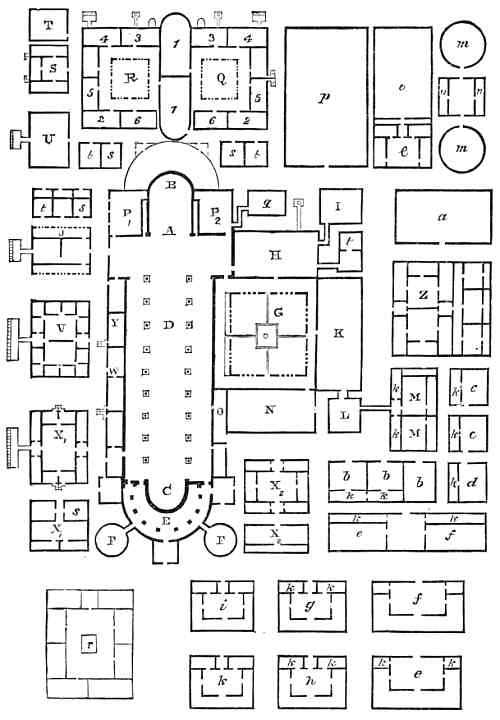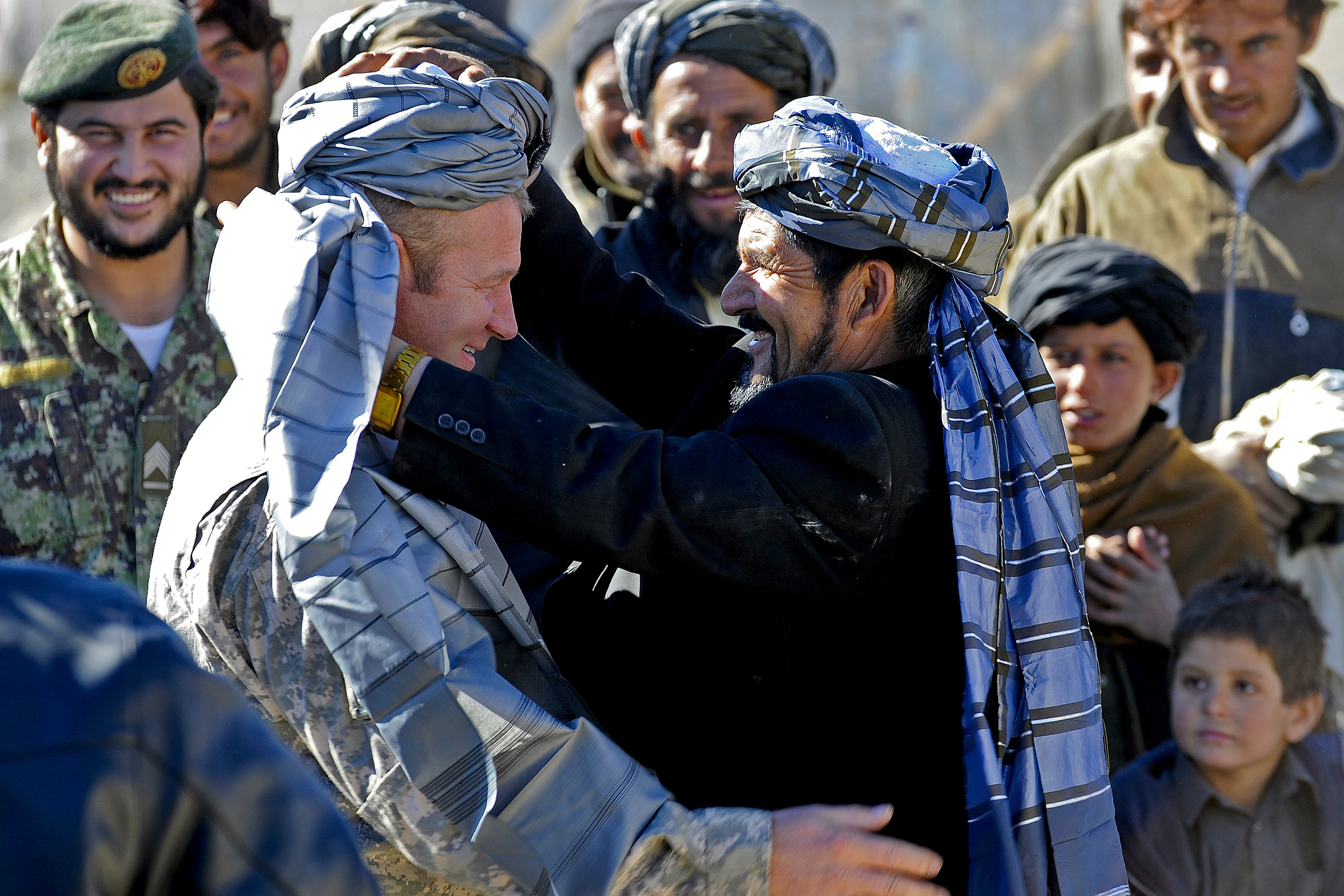|
Pact Of Umar
The Pact of Umar (also known as the Covenant of Umar, Treaty of Umar or Laws of Umar; or or ) is a treaty between the Muslims and non-Muslims who were conquered by Umar during his conquest of the Levant (Syria and Lebanon) in the year 637 CE that later gained a canonical status in Islamic jurisprudence. It specifies rights and restrictions for dhimmis, or "protected persons," a type of protected class of non-Muslim peoples recognised by Islam which includes Jews, Christians, Zoroastrians, and several other recognized faiths living under Islamic rule. There are several versions of the pact, differing both in structure and stipulations. While the pact is traditionally attributed to the second Rashidun Caliph Umar ibn Khattab, other jurists and orientalists have questioned this attribution with the treaty being instead attributed to 9th century Mujtahids (Islamic scholars) or the Umayyad Caliph Umar II. This treaty should not be confused with Umar's Assurance of safety to the ... [...More Info...] [...Related Items...] OR: [Wikipedia] [Google] [Baidu] |
Umar's Assurance
Umar's Assurance () is an assurance of safety given by the Caliph Umar ibn al-Khattab to the people of Aelia, the Late Roman name for Jerusalem. Several versions of the Assurance exist, with different views of their authenticity. The traditional view ascribes it to Caliph Umar ibn Al-Khattab and the time when Muslims captured Jerusalem in AD 637 or 638. The guarantees given to Christians regarding their churches and other property makes it one of the most important documents in the history of the city. The significance of the Assurance is discussed by early Muslim historians, such as al-Waqidi (–823). The text of the document is included, abridged or in full, in works from the late 9th, 10th, and later centuries. Opinions differ on the authenticity of the different versions of the Assurance. Many historians have questioned the authenticity of the Christian versions of this pact and argue that such documents were forged by Christian scribes to secure their possession of some ... [...More Info...] [...Related Items...] OR: [Wikipedia] [Google] [Baidu] |
Monastery
A monastery is a building or complex of buildings comprising the domestic quarters and workplaces of Monasticism, monastics, monks or nuns, whether living in Cenobitic monasticism, communities or alone (hermits). A monastery generally includes a place reserved for prayer which may be a chapel, Church (building), church, or temple, and may also serve as an Oratory (worship), oratory, or in the case of Cenobium, communities anything from a single building housing only one senior and two or three junior monks or nuns, to vast complexes and estates housing tens or hundreds. A monastery complex typically comprises a number of buildings which include a church, dormitory, cloister, refectory, library, Wiktionary:balneary, balneary and Hospital, infirmary and outlying Monastic grange, granges. Depending on the location, the monastic order and the occupation of its inhabitants, the complex may also include a wide range of buildings that facilitate self-sufficiency and service to the commun ... [...More Info...] [...Related Items...] OR: [Wikipedia] [Google] [Baidu] |
Liquor
Liquor ( , sometimes hard liquor), spirits, distilled spirits, or spiritous liquor are alcoholic drinks produced by the distillation of grains, fruits, vegetables, or sugar that have already gone through ethanol fermentation, alcoholic fermentation. While the word ''liquor'' ordinarily refers to distilled alcoholic spirits rather than drinks produced by fermentation alone, it can sometimes be used more broadly to refer to any alcoholic beverage (or even non-alcoholic ones produced by distillation or some other practices, such as the brewed liquor of a tea). The distillation process concentrates the alcohol, the resulting condensate has an increased alcohol by volume. As liquors contain significantly more alcohol (drug), alcohol (ethanol) than other alcoholic drinks, they are considered "harder". In North America, the term ''hard liquor'' is sometimes used to distinguish distilled alcoholic drinks from non-distilled ones, whereas the term ''spirits'' is more commonly used in ... [...More Info...] [...Related Items...] OR: [Wikipedia] [Google] [Baidu] |
Arabic
Arabic (, , or , ) is a Central Semitic languages, Central Semitic language of the Afroasiatic languages, Afroasiatic language family spoken primarily in the Arab world. The International Organization for Standardization (ISO) assigns language codes to 32 varieties of Arabic, including its standard form of Literary Arabic, known as Modern Standard Arabic, which is derived from Classical Arabic. This distinction exists primarily among Western linguists; Arabic speakers themselves generally do not distinguish between Modern Standard Arabic and Classical Arabic, but rather refer to both as ( "the eloquent Arabic") or simply ' (). Arabic is the List of languages by the number of countries in which they are recognized as an official language, third most widespread official language after English and French, one of six official languages of the United Nations, and the Sacred language, liturgical language of Islam. Arabic is widely taught in schools and universities around the wo ... [...More Info...] [...Related Items...] OR: [Wikipedia] [Google] [Baidu] |
Weapons
A weapon, arm, or armament is any implement or device that is used to deter, threaten, inflict physical damage, harm, or kill. Weapons are used to increase the efficacy and efficiency of activities such as hunting, crime (e.g., murder), law enforcement, self-defense, warfare, or suicide. In a broader context, weapons may be construed to include anything used to gain a tactical, strategic, material, or mental advantage over an adversary or enemy target. While ordinary objects such as rocks and bottles can be used as weapons, many objects are expressly designed for the purpose; these range from simple implements such as clubs and swords to complicated modern firearms, tanks, missiles and biological weapons. Something that has been repurposed, converted, or enhanced to become a weapon of war is termed ''weaponized'', such as a weaponized virus or weaponized laser. History The use of weapons has been a major driver of cultural evolution and human history up to toda ... [...More Info...] [...Related Items...] OR: [Wikipedia] [Google] [Baidu] |
Swords
A sword is an edged, bladed weapon intended for manual cutting or thrusting. Its blade, longer than a knife or dagger, is attached to a hilt and can be straight or curved. A thrusting sword tends to have a straighter blade with a pointed tip. A slashing sword is more likely to be curved and to have a sharpened cutting edge on one or both sides of the blade. Many swords are designed for both thrusting and slashing. The precise definition of a sword varies by historical epoch and geographic region. Historically, the sword developed in the Bronze Age, evolving from the dagger; the earliest specimens date to about 1600 BC. The later Iron Age sword remained fairly short and without a crossguard. The spatha, as it developed in the Late Roman army, became the predecessor of the European sword of the Middle Ages, at first adopted as the Migration Period sword, and only in the High Middle Ages, developed into the classical arming sword with crossguard. The word ''sword'' contin ... [...More Info...] [...Related Items...] OR: [Wikipedia] [Google] [Baidu] |
Turbans
A turban (from Persian دولبند, ''dolband''; via Middle French ''turbant'') is a type of headwear based on cloth winding. Featuring many variations, it is worn as customary headwear by people of various cultures. Communities with prominent turban-wearing traditions can be found in, the Punjabis, the Indian subcontinent, Southeast Asia, the Middle East, the Balkans, the Caucasus, Central Asia, North Africa, West Africa, East Africa, and amongst some Turkic peoples in Russia. A keski is a type of turban Majorly worn by female Sikhs, a long piece of cloth roughly half the length of a traditional "single turban", but not cut and sewn to make a double-width "Double Turban" (or Double Patti). Wearing turbans is common among Sikh men ( Dastar), and infrequently women. They are also worn by Hindu monks. The headgear also serves as a religious observance, including among Shia Muslims, who regard turban-wearing as ''Sunnah mu'akkadah'' (confirmed tradition). The turban is als ... [...More Info...] [...Related Items...] OR: [Wikipedia] [Google] [Baidu] |
Islam
Islam is an Abrahamic religions, Abrahamic monotheistic religion based on the Quran, and the teachings of Muhammad. Adherents of Islam are called Muslims, who are estimated to number Islam by country, 2 billion worldwide and are the world's Major religious groups, second-largest religious population after Christians. Muslims believe that Islam is the complete and universal version of a Fitra, primordial faith that was revealed many times through earlier Prophets and messengers in Islam, prophets and messengers, including Adam in Islam, Adam, Noah in Islam, Noah, Abraham in Islam, Abraham, Moses in Islam, Moses, and Jesus in Islam, Jesus. Muslims consider the Quran to be the verbatim word of God in Islam, God and the unaltered, final revelation. Alongside the Quran, Muslims also believe in previous Islamic holy books, revelations, such as the Torah in Islam, Tawrat (the Torah), the Zabur (Psalms), and the Gospel in Islam, Injil (Gospel). They believe that Muhammad in Islam ... [...More Info...] [...Related Items...] OR: [Wikipedia] [Google] [Baidu] |
Polytheism
Polytheism is the belief in or worship of more than one god. According to Oxford Reference, it is not easy to count gods, and so not always obvious whether an apparently polytheistic religion, such as Chinese folk religions, is really so, or whether the apparent different objects of worship are to be thought of as manifestations of a singular divinity. Polytheistic belief is usually assembled into a pantheon of gods and goddesses, along with their own religious sects and rituals. Polytheism is a type of theism. Within theism, it contrasts with monotheism, the belief in a singular god who is, in most cases, transcendent. In religions that accept polytheism, the different gods and goddesses may be representations of forces of nature or ancestral principles; they can be viewed either as autonomous or as aspects or emanations of a creator deity or transcendental absolute principle ( monistic theologies), which manifests immanently in nature (panentheistic and pantheistic theo ... [...More Info...] [...Related Items...] OR: [Wikipedia] [Google] [Baidu] |
Shirk (Islam)
''Shirk'' () in Islam is a sin often roughly translated as 'idolatry' or ' polytheism', but more accurately meaning 'association God]'. It refers to accepting other Divinity, divinities or powers alongside God as associates. In contrast, Islam teaches that God does not share divine attributes with anyone, as it is disallowed according to the Islamic doctrine of ''tawhid.''Kamoonpuri, S: "Basic Beliefs of Islam" pages 42–58. Tanzania Printers Limited, 2001. It is considered to be the gravest sin in Islam. The Quran, the central religious text of Islam, states in 4:48 that God will not forgive ''shirk'' if one dies without repenting of it. The one who commits ''shirk'' is called a ''mushrik''. The opposite of ''shirk'' is ''tawhid'' and the opposite of ''mushrik'' is ''muwahhid''.. Etymology The word ''shirk'' comes from the Arabic root sh- r- k (), with the general meaning of 'to share'. In the context of the Quran, the particular sense of 'sharing as an equal partner' is u ... [...More Info...] [...Related Items...] OR: [Wikipedia] [Google] [Baidu] |
Quran
The Quran, also Romanization, romanized Qur'an or Koran, is the central religious text of Islam, believed by Muslims to be a Waḥy, revelation directly from God in Islam, God (''Allah, Allāh''). It is organized in 114 chapters (, ) which consist of individual verses ('). Besides its religious significance, it is widely regarded as the finest work in Arabic literature, and has significantly influenced the Arabic, Arabic language. It is the object of a modern field of academic research known as Quranic studies. Muslims believe the Quran was orally revealed by God to the final Islamic Prophets and messengers in Islam, prophet Muhammad in Islam, Muhammad through the Angel#Islam, angel Gabriel#Islam, Gabriel incrementally over a period of some 23 years, beginning on the Night of Power, Laylat al-Qadr, when Muhammad was 40, and concluding in 632, the year of his death. Muslims regard the Quran as Muhammad's most important Islamic view of miracles, miracle, a proof of his prophet ... [...More Info...] [...Related Items...] OR: [Wikipedia] [Google] [Baidu] |
Travel
Travel is the movement of people between distant geographical Location (geography), locations. Travel can be done by Pedestrian, foot, bicycle, automobile, train, boat, bus, airplane, ship or other means, with or without Baggage, luggage, and can be one way or round trip. Travel can also include relatively short stays between successive movements, as in the case of tourism. Etymology The origin of the word "travel" is most likely lost to history. The term "travel" may originate from the Old French word ''travail'', which means 'work'. According to the Merriam-Webster dictionary, the first known use of the word ''travel'' was in the 14th century. It also states that the word comes from Middle English , (which means to torment, labor, strive, journey) and earlier from Old French (which means to work strenuously, toil). In English, people still occasionally use the words , which means struggle. According to Simon Winchester in his book ''The Best Travelers' Tales (2004)'', ... [...More Info...] [...Related Items...] OR: [Wikipedia] [Google] [Baidu] |








